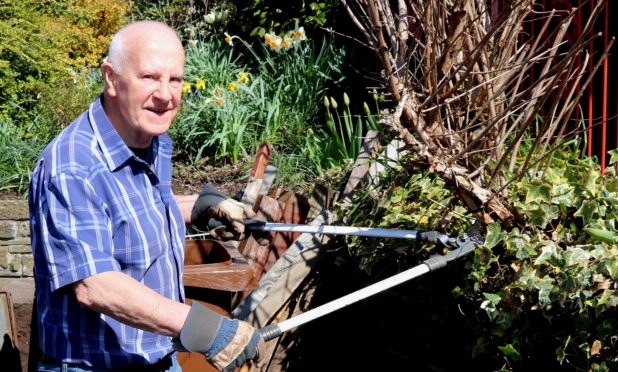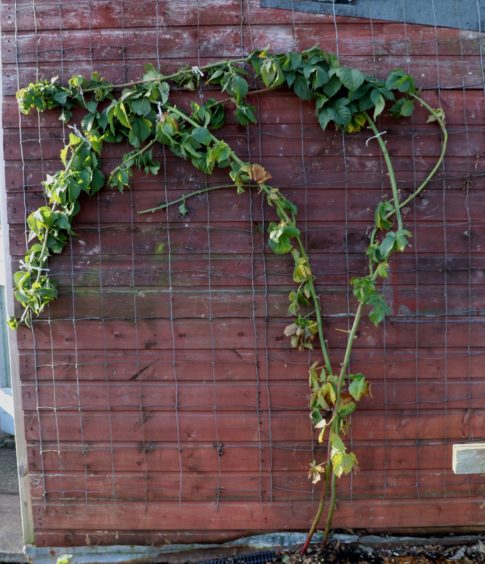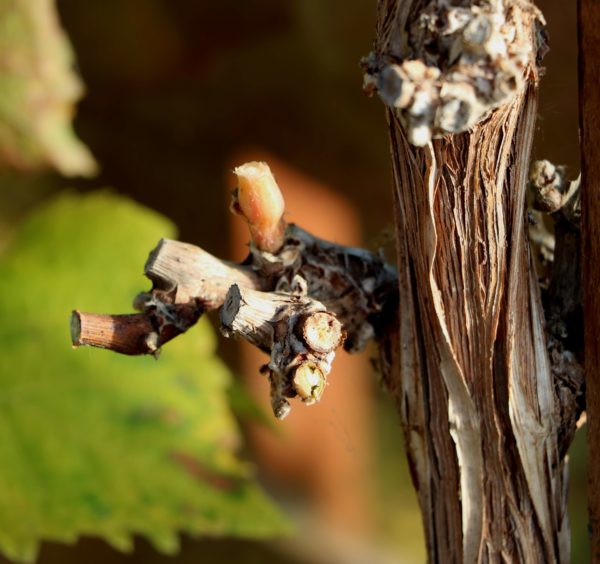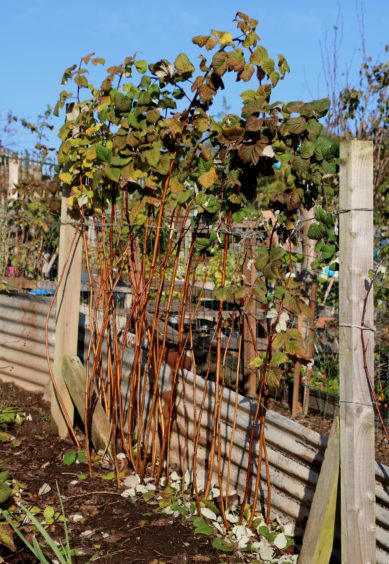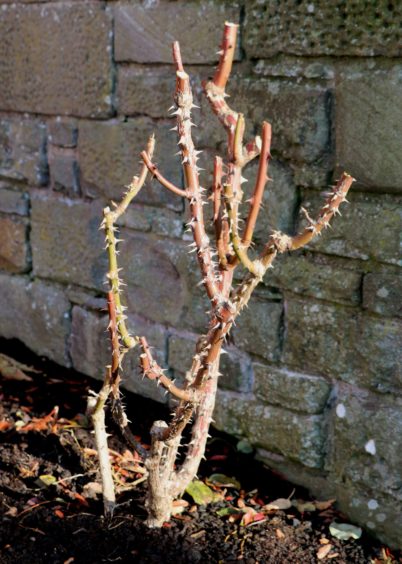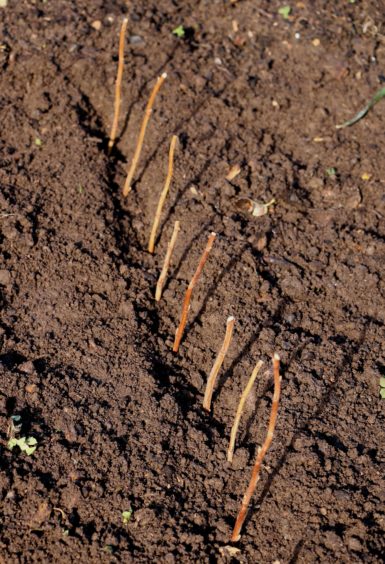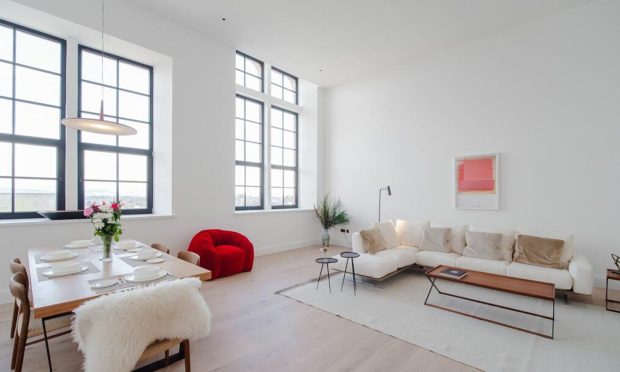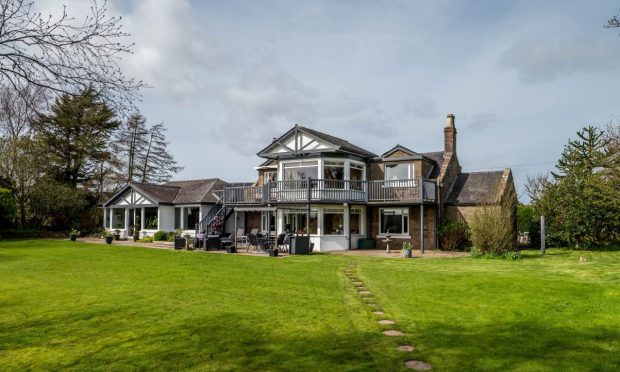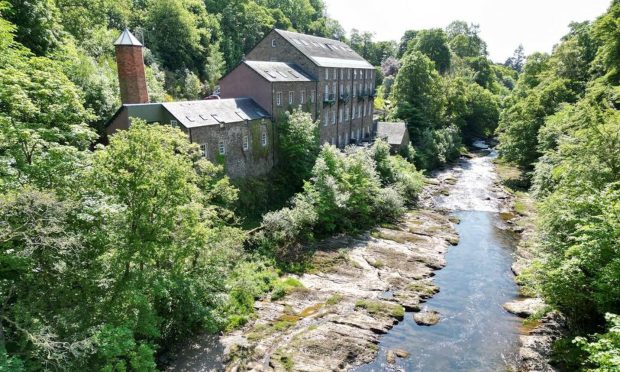Most of the autumn leaves have now fallen, and a few frosts towards the end of November have firmed up the soil, so now is the perfect time to start the winter pruning.
Up at City Road allotments the timing of pruning is also related to the disposal of prunings.
We have a large shredding machine so we make sure everything needing pruned is done in one operation, so roses, fruit bushes, raspberries, apples and pears and even our grape vines all get chopped.
We form teams who gather the prunings together then another team feed the wood into the shredder. The shredded material is great for paths, mulching, or adding to the compost heap.
Nothing is wasted and it is great to see all our pruned branches get recycled back onto our plots. Wood chips used for paths will only last two years before it gets removed to the compost heap and a supply of fresh material brought in.
Apples and pear pruning in the early years is all about building up a well balanced tree with an open centre then after a few years remove any diseased shoots, overcrowded centres, crossing branches and with pears some removal of those over vigorous shoots growing straight up without any fruit on them.
Do not prune plums in winter as it risks infection by silver leaf disease. Prune these in early summer.
Blackcurrant pruning is done to keep bushes young and remove older wood. Redcurrants are also pruned this way so no shoot is allowed to remain if it is older than three years.
They readily push out new shoots from the centre, so try to keep about ten or so main shoots then do a bit of spur pruning to the remaining framework.
Gooseberries have a tendency to bear heavy crops that bend down to ground level when full of fruit, so remove any low growing shoots and keep the centre of the bush open to make picking easier. Invicta is a great variety, but the spines are deadly when picking.
Saskatoons fruit on all wood so pruning is only needed to keep the bushes down to about five feet so they can be netted to keep the blackbirds away.
I remove any tall shoots right down to ground level as they grow again from basal suckers.
Raspberries come as summer fruiting on canes grown the previous year, and autumn fruiting on canes grown in the same year.
So for autumn fruiting cut everything down to the ground, but on the summer fruiting only cut out those canes that fruited last summer. New canes are thinned if growth has been prolific so that canes can be spaced about four inches apart when tied in to the top wire. Practise tying in with a running knot as this prevents the canes being blown to one side in gales.
Brambles are like summer fruiting raspberries. They fruit on long shoots grown the previous year. Remove all the old canes that have just fruited and tie in the new canes to fruit next year.
Grape vines grown both under glass and in the open can be pruned in the same way. Establish a permanent framework of rods and spurs.
The rods produce spurs every six to ten inches apart from which fruiting laterals grow, so prune from December to January by cutting all this growth back to one or two buds. Sap rises very early on vines so do not delay pruning beyond January otherwise the stems may bleed with rising sap. The Guyot system allows rods to be replaced every year.
Rose pruning of bushes and climbers are fairly similar in that we try and encourage new wood and cut out old wood, but it is difficult with climbers as they need older wood to climb up walls and fences. Remove weak and any diseased shoots and shorten back vigorous shoots by a third.
Wee jobs to do this week
Now that all the deciduous shrubs have gone dormant it is a good time to propagate these with hardwood cuttings. This is an excellent way to propagate Cornus, Forsythia, Philadelphus and many other shrubs as well as currants and gooseberries.
Take some of this year’s shoots about pencil thickness and about six inches long, cutting below a leaf joint and above a bud. Insert into a prepared bed of good garden soil with grit mixed in to aid drainage placing cuttings about four inches apart and half their length. A cold frame is also useful to give the cuttings some protection. They should be well rooted by this time next year.
